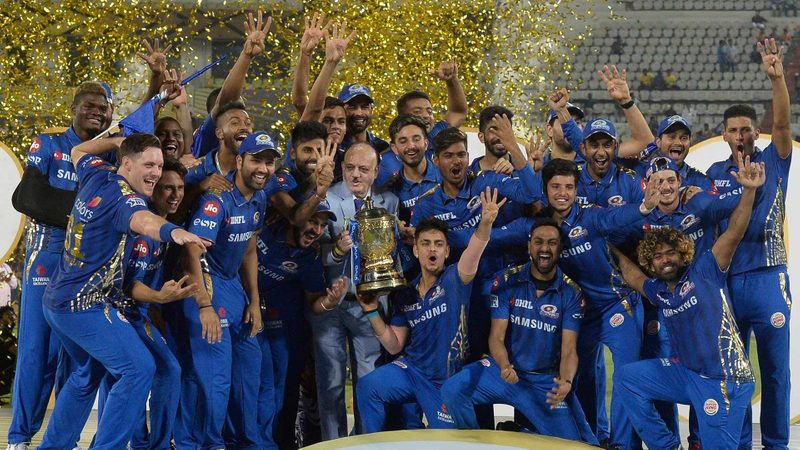
BCCI are mulling having a nine-team Indian T20 League in 2021 instead of the regular eight-team tournament or the on and off 10-team tournament. As per a report in the Times of India, the new franchise could have a base price of USD 300 million (around Rs 2000 crore). This is, however, believed to be a temporary setup with the 10th team expected to be added in 2023.
But would an additional team make the league more competitive? Will it bring in more fans or contribute to increasing revenues? Will we potentially have a new winner? Here we break down the pros and cons of an additional team in the tournament.
Adding a ninth or a 10th team is not something new to the league. In 2011, the league had 10 teams and in the two subsequent years there were nine teams each. Those seasons were as successful as any other in the league. In fact, the addition of a new venue contributes to bringing new fans and involves a new city rejoicing during the festive summer months. It, undoubtedly, also contributes to a better reach with fans having a new team to support.
Read | Is Yuvraj Singh tarnishing his hard-earned legacy?
That said, the cons outweigh the pros here. The addition of a new team would mean the overhaul in 2021 will be repeated again in 2023 when a 10th team is added. Consistency in team selection is a big part of the league fan-base. The success of the English Premier League and other football franchises stem from a consistent fan base which is impossible if there is an overhaul every few years.
That is supposedly being plugged with the Right-To-Match (RTM) card. But imagine a new franchise walking in expecting to bag a premier player only to watch the former owners use the RTM to buy back that player. There is little doubting that a new franchise is at a disadvantage. Existing franchises are certain to retain their core group which means that none of the marquee players would be up for sale for the new franchise.
Read | India in the World Test Championship- dominating or just an easy draw?
Now, marquee players add more than just player value. There is a brand value associated with a big player and it helps draw fans to the franchise. The plight of the Pune and Gujarat franchises at the time Chennai and Rajasthan were banned was slightly different for the same players were distributed to these franchises. The brand value was thus not compromised. However, an entirely new franchise playing at a tier-two level is unlikely to have as big a fan base or draw a big crowd.
With nine teams, the league is bound to be longer or the schedules are likely jam-packed to fit inside the allotted window. This leads to more matches on weekdays and in turn, poorer crowd, or a longer window which would compromise on competitiveness with several international players forced to miss the start or end of the tournament as they would clash with international calendar.
The old adage “don’t try to fix what’s not broken” holds true here. The eight-team league is well appreciated and is running successfully. There is little need to add a new franchise, let alone two, to disturb the flow of the league.
Feature image courtesy: AFP/Noah Saleem



























